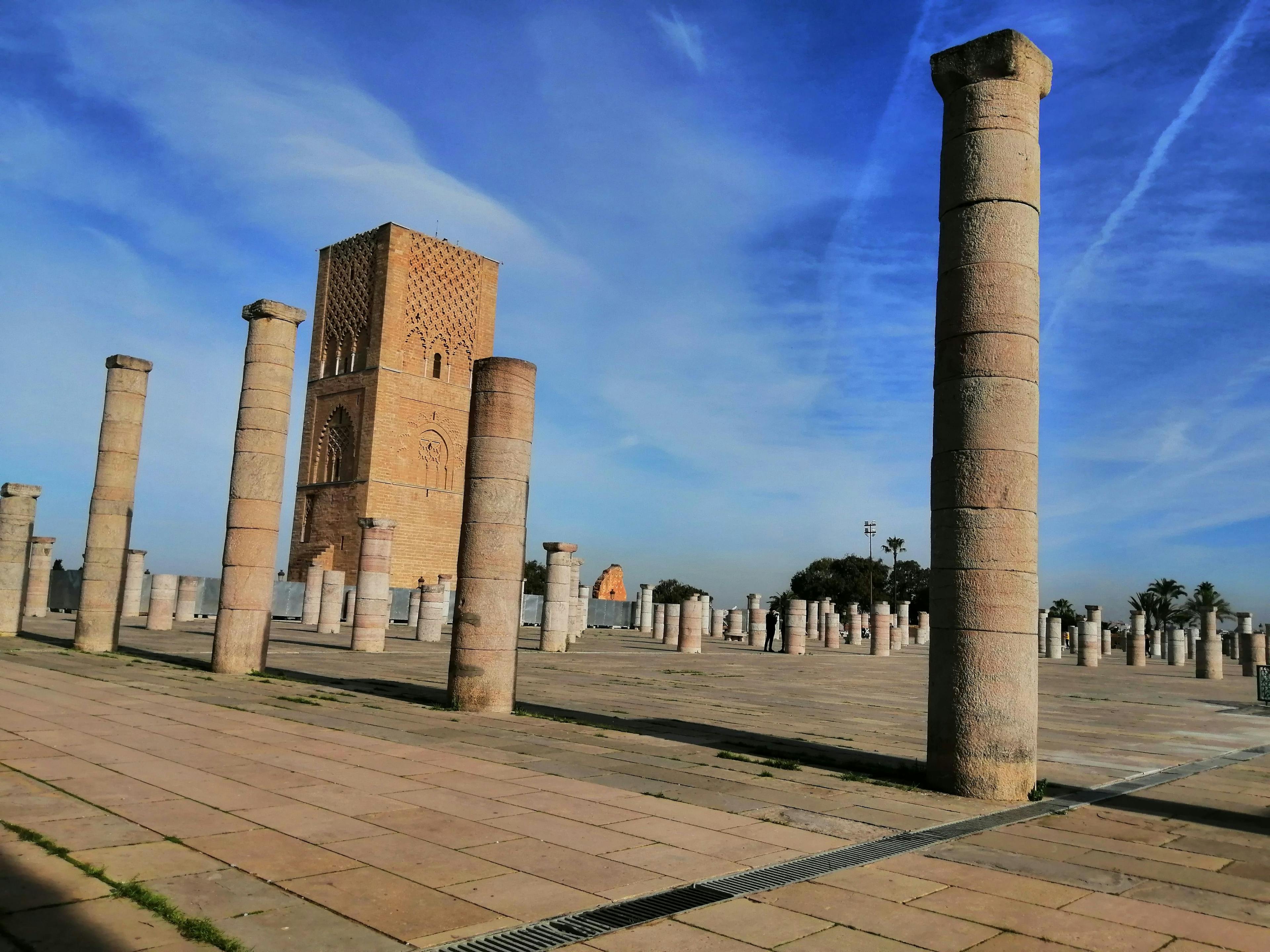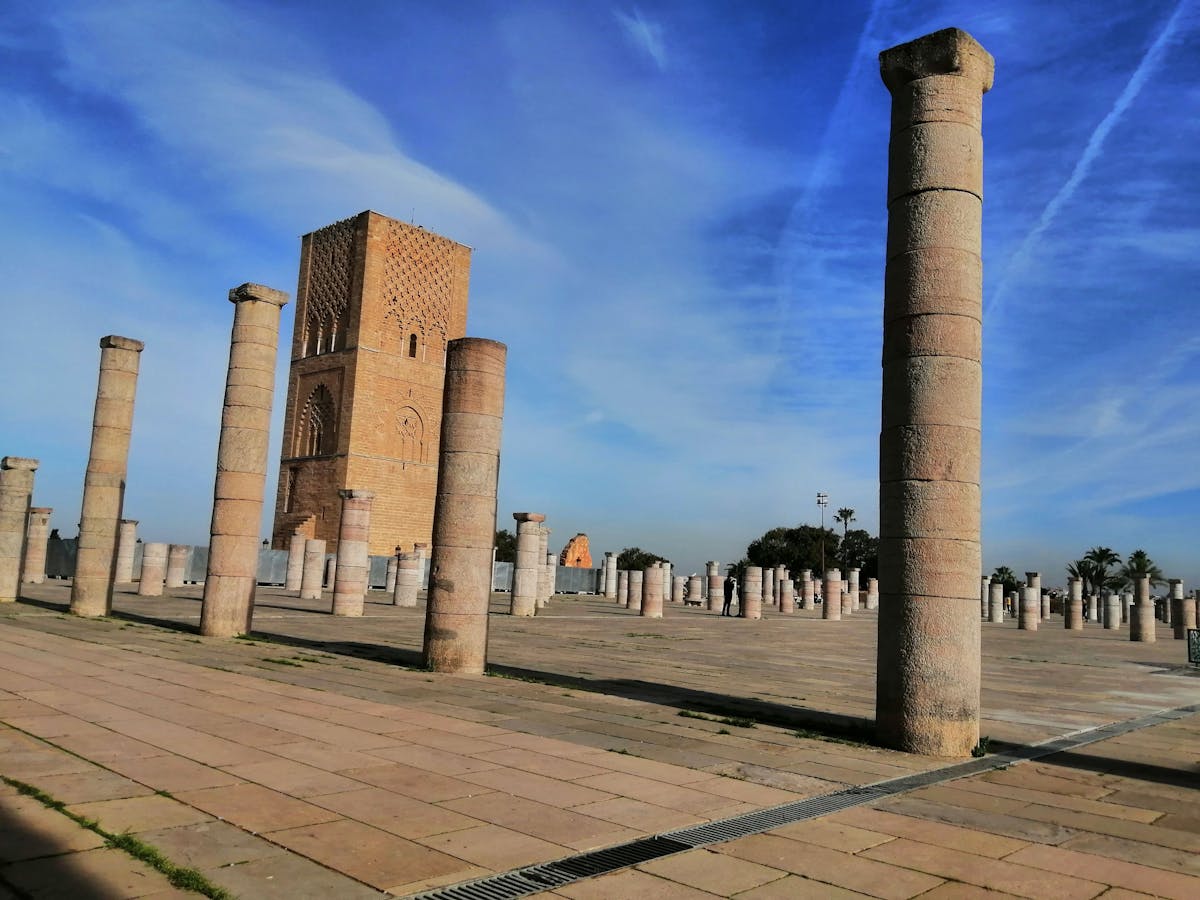

Exploring the Rich History of Moroccan Architecture
Moroccan architecture is renowned for its stunning beauty and intricate details. From ancient mosques and palaces to modern buildings, the country's architectural heritage reflects its rich history and diverse cultural influences. In this blog post, we'll take a closer look at Moroccan architecture and explore its fascinating history.
Historical background
Morocco has a long and complex history that has shaped its architectural traditions over time. The country has been inhabited by various Berber tribes, Phoenicians, Romans, Arabs, and Europeans throughout its history, each leaving their mark on its architecture. Islamic architecture, in particular, has had a significant influence on Moroccan design since the Arab conquest in the 7th century.
Key architectural styles
Moroccan architecture is characterized by a blend of Islamic, Berber, and Andalusian influences. Islamic architecture is evident in the country's many mosques and religious buildings, which feature intricate geometric patterns, calligraphy, and other decorative elements. Berber architecture, on the other hand, is known for its use of adobe construction and earth-toned colors. Andalusian architecture, brought by Muslims expelled from Spain, introduced elements such as courtyards, fountains, and colorful tilework.
Famous examples
Morocco is home to many famous examples of architectural masterpieces. The Hassan II Mosque in Casablanca, the largest mosque in Africa, is a stunning example of Islamic architecture. The Koutoubia Mosque in Marrakech, with its distinctive minaret, is considered a masterpiece of Almohad architecture. The Royal Palace in Fes, built in the 14th century, is a prime example of Andalusian-inspired design.
Traditional building techniques
Traditional Moroccan architecture makes use of local materials such as mud, wood, and stone. One of the most distinctive techniques is zellige tilework, a form of intricate mosaic tiling that often adorns the walls, floors, and ceilings of Moroccan buildings. Tadelakt plaster, a smooth waterproof lime plaster, is another traditional material used in Moroccan architecture. Adobe construction, which involves shaping mud into bricks and drying them in the sun, is also commonly used in rural areas.
Modern developments
In recent years, many architects in Morocco have been experimenting with contemporary designs that incorporate traditional materials and techniques. These designs aim to create sustainable and eco-friendly buildings that reflect the country's cultural heritage. For example, the Ecole des Arts et Metiers in Oujda, designed by architect Tarik Oualalou, features a modern interpretation of traditional Moroccan architecture.
Moroccan architecture is a testament to the country's rich history and cultural heritage. From the intricate patterns of Islamic design to the earthy tones of Berber construction, Moroccan architecture is a feast for the eyes. We hope this blog post has inspired you to appreciate the beauty and diversity of Moroccan architecture.
